This depends on the actual battery model you are using and it is hidden in its datasheet (yes, batteries have datasheets too!).
Take for example a Duracell industrial C cell.
In the datasheet you'll see several graphics showing the cell performance for different load conditions. The most common conditions are when the cell is discharged with a constant current rate or with a constant power rate (constant resistance rate was more important when batteries where used to power simple resistive loads, e.g. an incandescence light bulb in an flashlight).
What does the manufacturer guarantees you? Look at the constant current load graph with higher current values:

The maximum current at which the manufacturer characterized the cell is 2000mA, i.e 2A. This is the best guarantee you can get for that cell: it will be able to source 2A max.
Since the voltage keeps dropping during discharge, note that the actual useful capacity depends on what you consider the so-called cut-off voltage, i.e. the voltage at which the load stops working (or working reliably).
In the modified graph below I give two examples of what you can consider the "useful capacity" of the cell, given two different choices of cut-off voltage.

To answer your question more directly, as others have focused on what the load actually needs, the current rating of an "equivalent" power supply (i.e. a supply that can replace those C cells whatever their load may be) is at least 2A because that is the maximum current the manufacturer guarantees it can be drawn from those model of cell.
Of course that maximum, as I hinted before, depends on the actual model of the batteries and, more importantly, on their chemistry. The maximum current won't be much different for different manufacturers as long as the chemistry is the same (alkaline, NiCd, NiMH, etc.). Apply a safety margin of 50% (for truly paranoid designers) to take into account the spread across different manufacturers and you get a 3A rating for your "equivalent power supply" for any alkaline C cell on the market.

